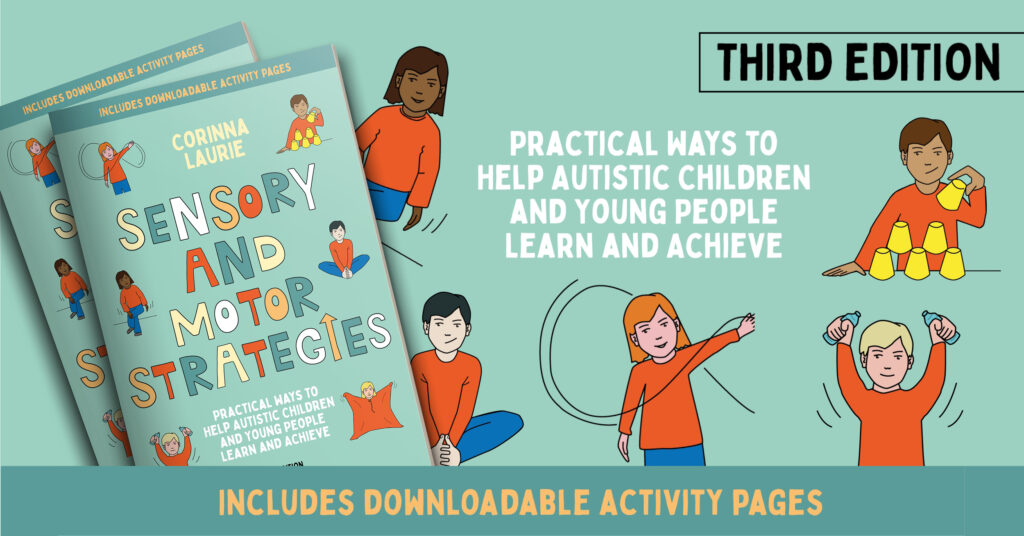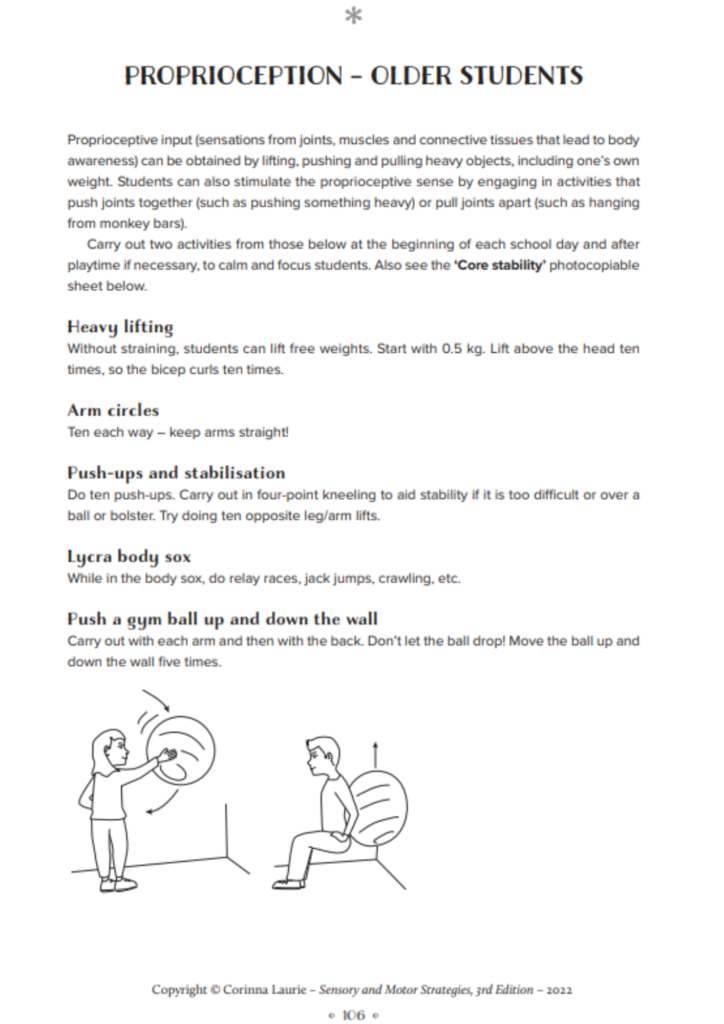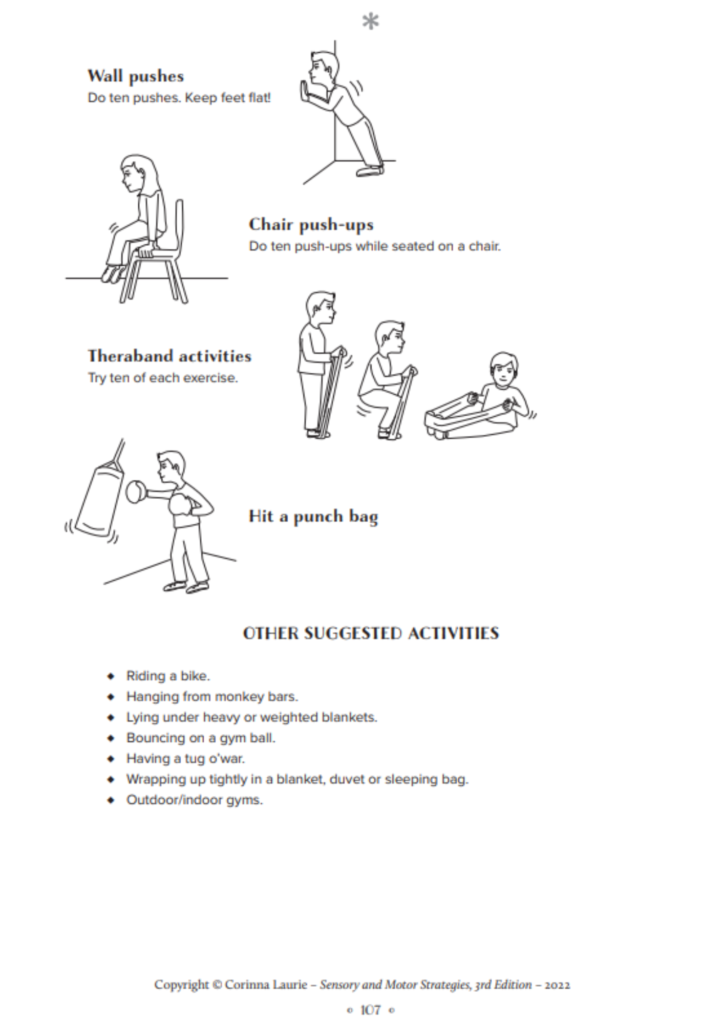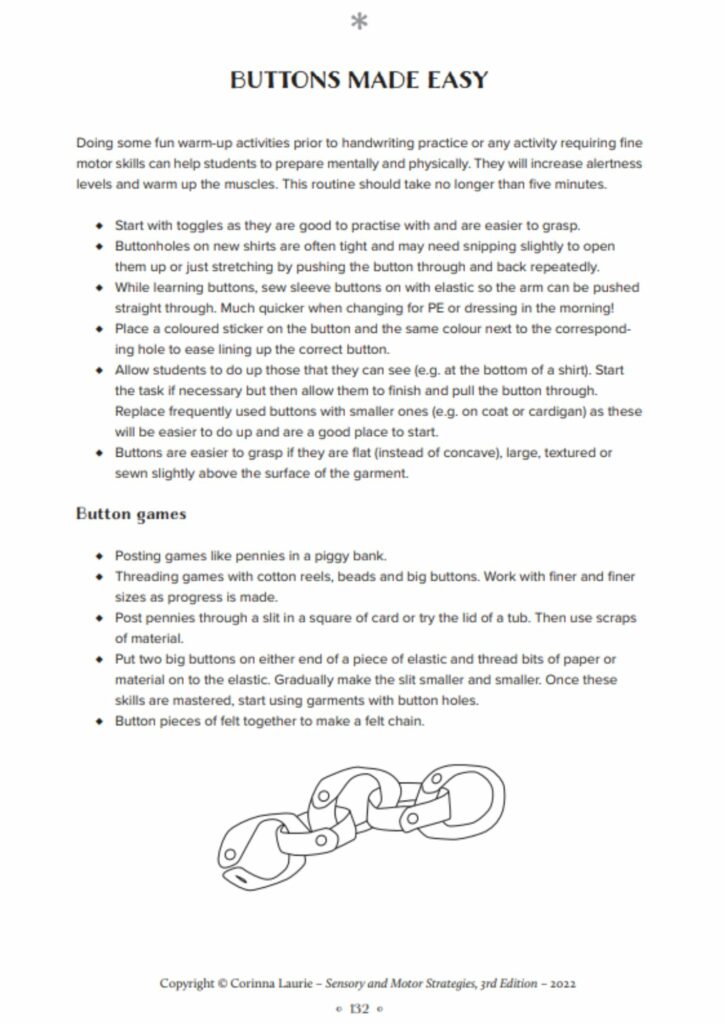
What motivated you to write the original book in 2014? And how did you come to the decision that it was time to release a third edition?
As an Occupational Therapist living within a Neurodiverse family, I have always been passionate about providing and suggesting simple practical strategies to ease sensory overload and ensuring day-to-day life is as stress-free as possible.
Over the years the effects of sensory differences on well-being due to poor understanding or lack of reasonable adaptation across environments has always driven me to seek ways of improving this for all.
This is the third edition of my book which started its humble beginnings as a hand-out at talks I gave to parents and education staff many years ago and was always asked “can I have a copy of those strategies?”
It has been out of print now for a couple of years and I have lost count of the number of messages I have received from families and professionals asking me when this will be in print again…well here it is!
Tell us a bit about how this fully revised third edition differs from the other two
This edition expands on sensory and motor strategies along with extra chapters aimed at assisting self-regulation and additional photocopiable/downloadable resources which can be used both at home and within the classroom setting.
These pages offer intervention ideas and practical strategies/adaptations along with fun ideas to increase participation whilst building skills and aiding regulation:


This offers activities that can be incorporated throughout the day to help with self-regulation. Many of these activities can be done without equipment meaning students can find a quiet/private area and be in control of their own regulation which enables independence and enhances well-being.
Buttons Made Easy (see below) gives fun games to build the motor skills required to fasten/unfasten buttons along with practical strategies to instantly increase independence in this area.

The book includes a range of effective and easy-to-implement sensory strategies, photocopiable pages and more, can you give us an outline of what each section covers?
The first section of the book looks at each sense one by one, describing differences and suggesting strategies to ease anxiety, gain the required input and how ‘behaviour’ may well be communicating a ‘sensory need’ to aid regulation and create order and calm for that person. Along with this, this section covers differing arousal states, environmental modifications to benefit all and self-regulation strategies.
In the second section, I have provided strategies and adaptations to assist with some additional motor development differences to aid independence in these areas. There are strategies and practical adaptations to assist with handwriting challenges, tool use and dressing skills to name a few.
The third and final chapter offers photocopiable resources pages that provide strategies, ideas and physical activities that I have used over the years to assist in areas such as motor-coordination challenges, self-regulation, core stability and daily sensory sessions. The national shortage of Occupational Therapists has meant that this section has provided families, schools and junior therapists with proven activities to assist functional independence and self-regulation for their children or children they work with.
I hope this expanded edition of my book continues to go some way to help children and their families navigate our complex and sometimes overwhelming world.
Sensory and Motor Strategies, 3rd Edition by Corinna Laurie is out now, get your copy here.
Follow Corinna Laurie on Twitter @LaurieCorinna
If you liked this article, why not join our mailing list to receive exclusive content and discounts? You may unsubscribe at any time. Sign up to the mailing list here.